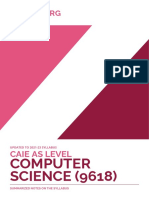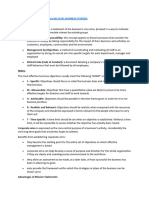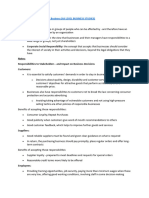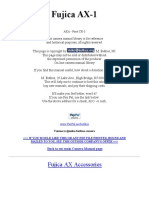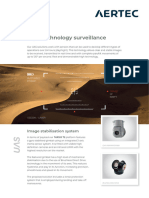0% found this document useful (0 votes)
13 views2 pagesMultimedia
Bitmap images represent each pixel as a bit pattern of color codes. The bit patterns are mapped onto memory. Bitmap files contain metadata like image size and number of colors. Image resolution is measured by pixel density, and screen resolution is the number of pixels visible on a screen. Color depth determines the number of colors per pixel and affects file size. Vector graphics use mathematical formulas to define drawing objects like shapes, so they can scale without quality loss. Sound is analog but is digitized by sampling the amplitude at intervals and encoding the samples as binary numbers. Increasing sampling rate or resolution improves sound quality but increases file size.
Uploaded by
Khushi PallooCopyright
© © All Rights Reserved
We take content rights seriously. If you suspect this is your content, claim it here.
Available Formats
Download as DOCX, PDF, TXT or read online on Scribd
0% found this document useful (0 votes)
13 views2 pagesMultimedia
Bitmap images represent each pixel as a bit pattern of color codes. The bit patterns are mapped onto memory. Bitmap files contain metadata like image size and number of colors. Image resolution is measured by pixel density, and screen resolution is the number of pixels visible on a screen. Color depth determines the number of colors per pixel and affects file size. Vector graphics use mathematical formulas to define drawing objects like shapes, so they can scale without quality loss. Sound is analog but is digitized by sampling the amplitude at intervals and encoding the samples as binary numbers. Increasing sampling rate or resolution improves sound quality but increases file size.
Uploaded by
Khushi PallooCopyright
© © All Rights Reserved
We take content rights seriously. If you suspect this is your content, claim it here.
Available Formats
Download as DOCX, PDF, TXT or read online on Scribd
/ 2
























